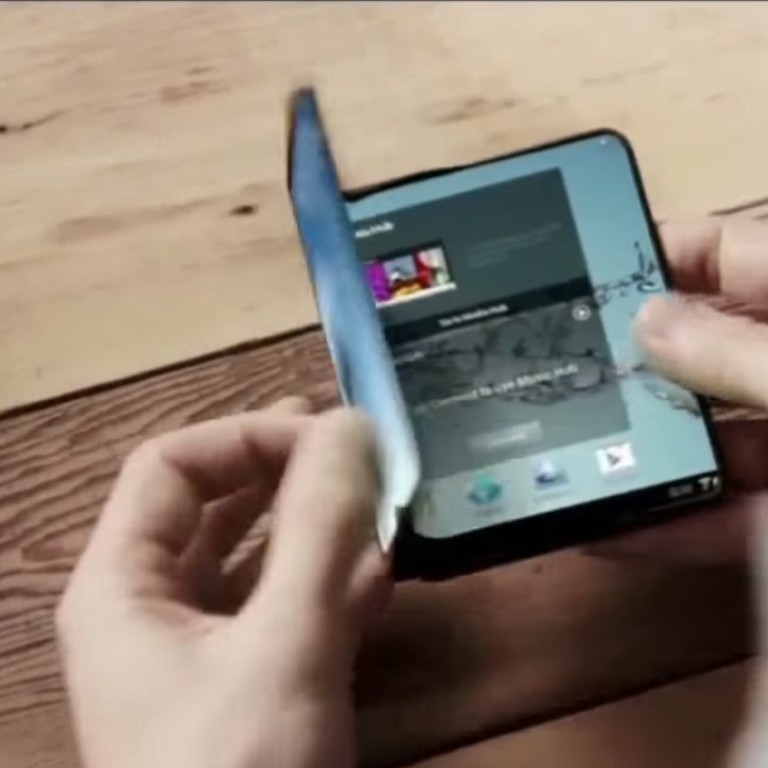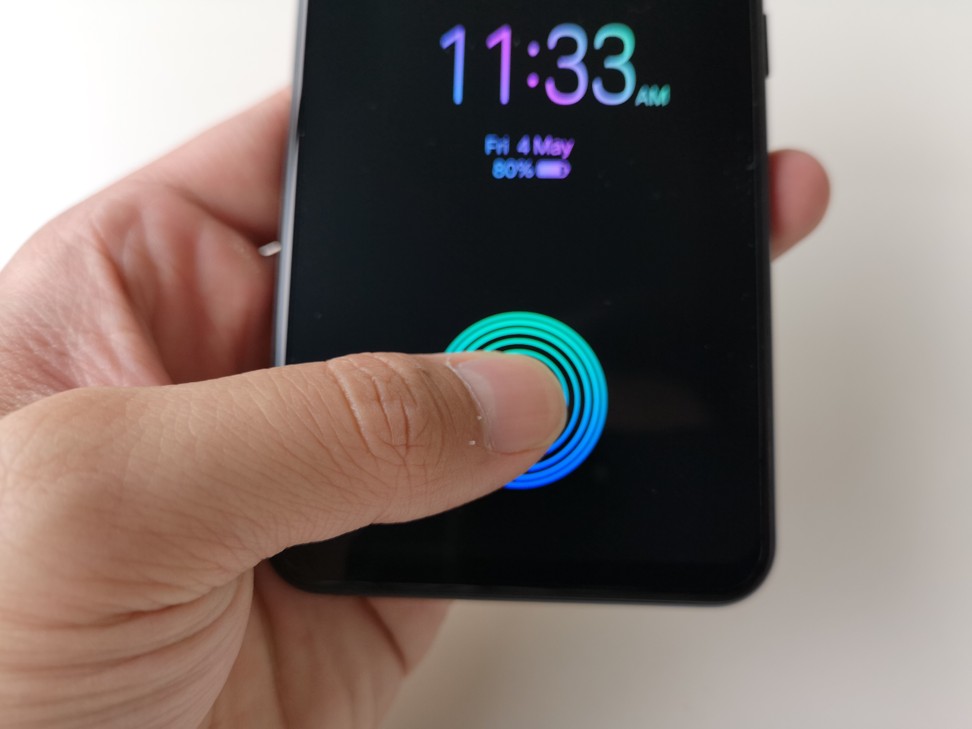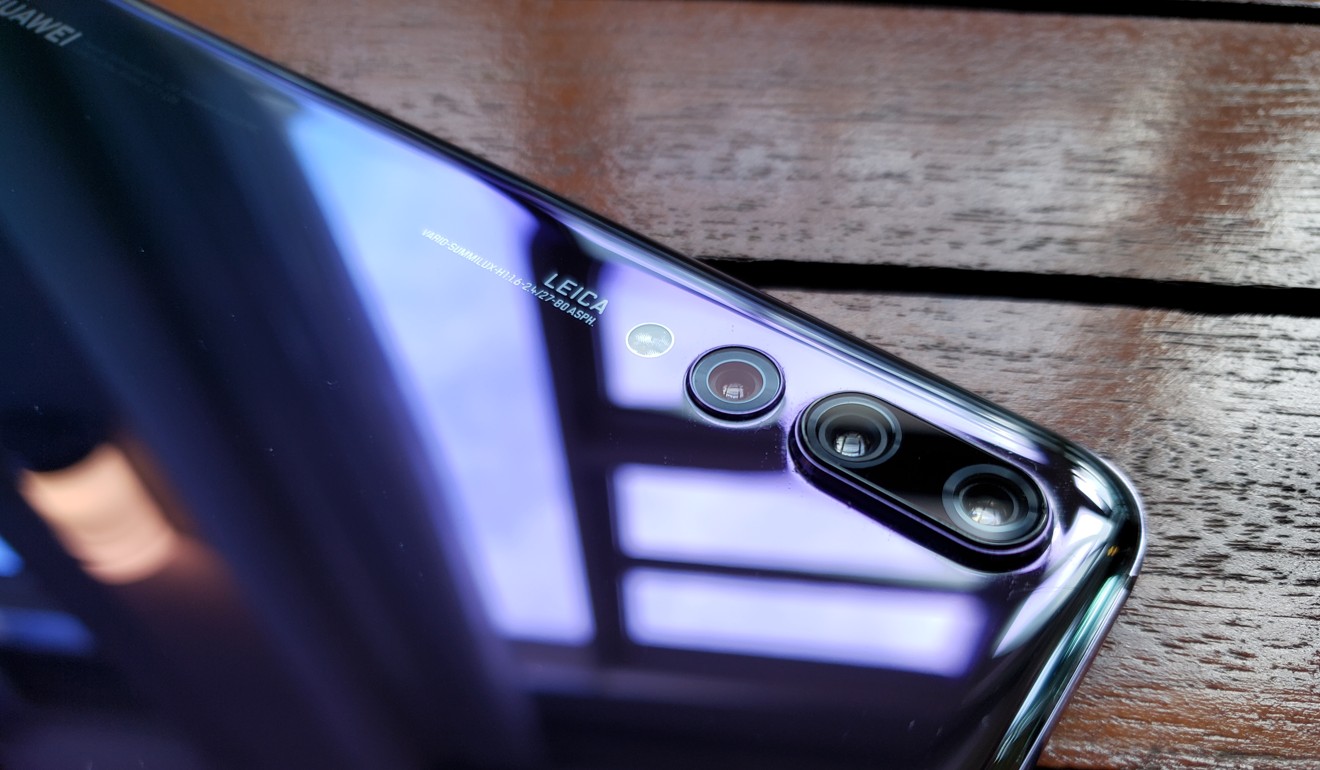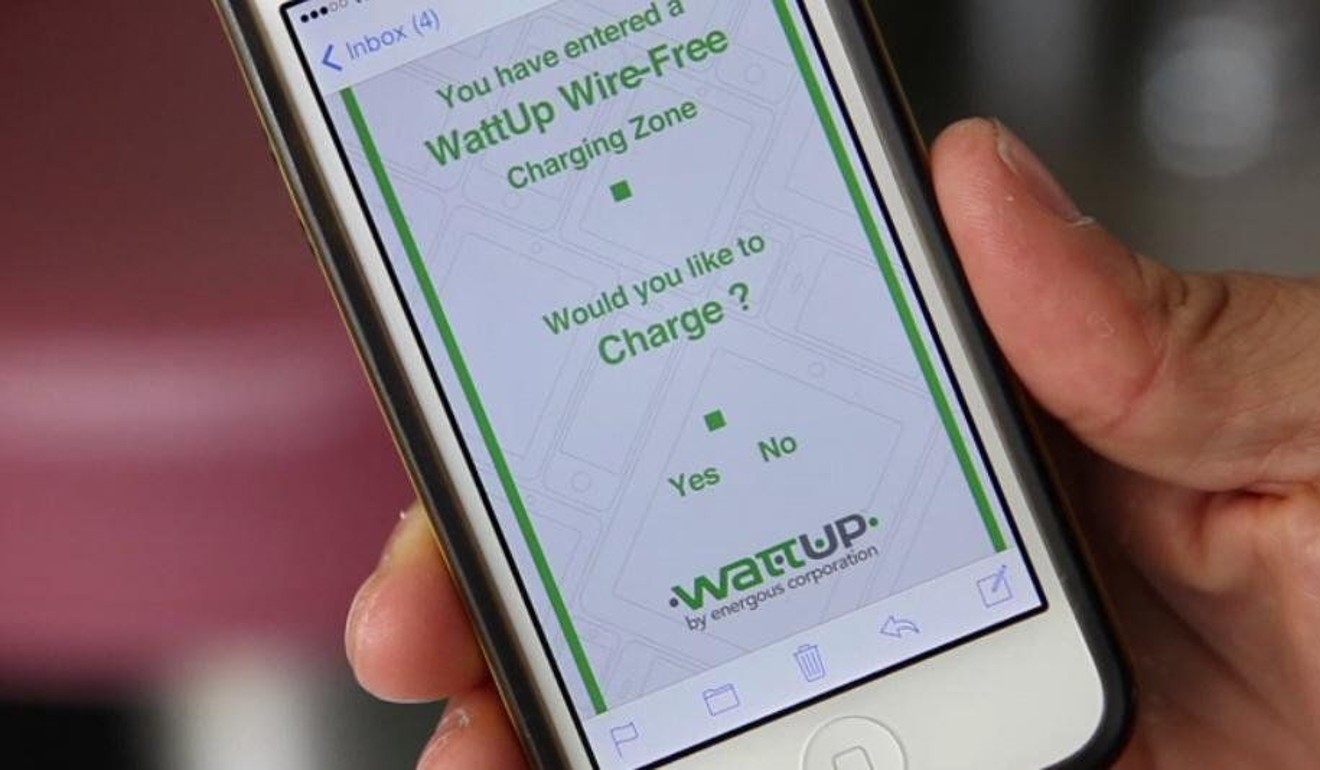
Future phones: foldable like a napkin, with up to nine cameras and able to charge over thin air
Smartphone bodies haven’t changed that much in the past few years – the iPhone 8 isn’t much different to the iPhone 6 – but they’re about to. These are some of the major hardware changes coming in the near future
Your next smartphone might be just a little different. Picture this: you pull your phone out of your pocket and unfold it like a napkin into a tablet. You press your finger on the screen, and it unlocks. You switch to the camera app, and a spiderlike array of lenses shoot simultaneously to capture one giant photo.
These are all things I’ve seen phones do – some in prototype form, others in models you can get only in China. Analysts in Korea say we might see a folding “Galaxy X” phone from Samsung as soon as next year. When I look into my crystal ball, I’m convinced we’re on the cusp of the most significant changes to the design and functionality of smartphones since they first arrived.
The shake-up couldn’t come soon enough. You probably couldn’t live without your phone but feel as excited about it as you do running water. And the water company doesn’t hold an event every year to hype slimmer taps.
From the front, the iPhone 8 is pretty much indistinguishable from the iPhone 6 that came out nearly four years ago. Americans are holding onto old phones longer than ever – 25.8 months, according to the most recent research from Kantar Worldpanel. (The average global smartphone replacement cycle has reached 21 months, according to analyst firm Counterpoint.)
The tech industry has been doubling down on software and artificial intelligence capabilities, which still hold huge potential. But there’s a lot to be done to improve phone hardware, too, the main reason most people upgrade.
Long-time tech analyst and futurist Tim Bajarin of Creative Strategies is excited by what he sees coming. “When we turn the corner on the next decade, that is when we will start to see a revolution in everything from flexible displays to glasses,” he says.

Here are ideas that will, at the very least, make your next phone interesting. Or if not your very next phone, then the one after that.
Fingerprint scanners go inside
When full-screen phones came into fashion, some Android phones moved the fingerprint function to the back. Apple killed the home button entirely with its iPhone X, opting for face scanning sensors that some (including yours truly) find fail just enough to be annoying.
Recent breakthroughs allow phone makers to embed the fingerprint reader inside the screen. Just press your finger over the right area of the screen – indicated by a thumbprint image – and the phone unlocks.
Vivo Nex is a Mandarin-speaking, no-notch, bezel-free smartphone
Component maker Synaptics figured out how to take a picture of fingers by looking in between the phone’s pixels; Qualcomm created an ultrasonic sensor capable of scanning not only though screens but also metal … and even underwater. So far, the tech has made its way into phones from Chinese makers Vivo and Xiaomi.
The Korean tech media report that Samsung “confirmed” to industry partners it would use an in-screen scanner in its Galaxy S10, though no executives have confirmed that.

Cameras sprout more lenses
We’ve already seen a version of this in Apple and Samsung phones with two lenses on the back. The second helps with zoom shots and measuring depth to create bokeh photos with artistically blurry backgrounds. The P20 Pro flagship from Huawei is the first to include three lenses: one colour, one monochrome (to help with depth and lowlight situations), and one 3x zoom.
Latest phone cameras put to the test: Samsung vs Huawei vs Sony
A camera maker called Light has taken this idea further than anyone. It showed me concept and working prototype phones with between five and nine lenses – yes, nine – on the back.
When we turn the corner on the next decade, that is when we will start to see a revolution in everything from flexible displays to glasses
It says its phone design is capable of capturing 64 megapixel shots, better lowlight performance and sophisticated depth effects.
All those lenses – and the processor power required to stitch together all those individual shots – don’t come cheap. A stand-alone camera from Light with 16 lenses costs US$1,950.
Light, which counts giant phone manufacturer Foxconn as an investor, says a smartphone featuring its multi-lens array will be announced later this year.
Screens that fold up
It’s been coming for at least a decade. Samsung showed a folding phone concept video at CES in 2013. The first bendable screens went into curved TVs and phones. We’ve now crossed a threshold where we can make screens that bend repeatedly – and soon we’ll be able to fold screens as sharply as a piece of paper, says Helge Seetzen, the president of the Society for Information Display.
BOE – a firm that showed a gadget it dubbed a “phoneblet” with a 7.5 inch screen that folded, without seams, into a phone and back again at a recent display industry conference – says it got rid of the traditional colour filter and backlight, and replaced rigid glass with plastic.
Apple, Samsung resolve smartphone design fight after 7 years
Bending doesn’t break the pixels because each one is so tiny.
Working prototypes are one thing – producing millions of screens that can reliably fold and unfold is much tougher. Anything with hinges (hidden behind the screen) could be easier to break than our current solid devices. However, moving to plastic could make phones and tablets more shatter resistant, even if they might be easier to scratch.
We’ll see foldable devices in the next year, though the first ones may have seams. Some analysts think Samsung’s folding phone (nicknamed the “Galaxy X”) will start production in November, and will cost US$1,850 when it debuts in 2019. Seetzen says screens that fold like paper are five years away.

Batteries charge over thin air
Battery life is the biggest problem with today’s phones but researchers have figured out ways to beam low levels of power through the air. Firms such as Energous and Ossia send power using radio frequencies, while rival Wi-Charge uses infrared light that is closer to lasers.
I’ve seen functional prototypes of both technologies. For these charging systems to work, of course, you have to be in a room outfitted with transmitters. Energous says those might first get embedded into other gadgets, such as computers and speakers, so they could charge gadgets nearby. Wi-Charge says it is looking to go into light fixtures.
Wait, will any of this fry us? The makers of the tech say no because they’re using such low levels of power. It’s true we’re already surrounded by energy from radio waves and the sun. Energous says it doesn’t expose bodies to more radiation than mobile phones, and WiPower automatically cuts out if anything gets between its transmitter and receiver.
Everything travellers need to know about latest in wireless charging
None of this wireless charging tech is nearly as fast as plugging in your phone, though arguably that is less important if your phone is charging all day. And companies have been promising this sort of technology for years. They’re finally clearing the regulatory hurdles, but now have the double challenge of getting gadget makers to use it – and figuring out how to get transmitters into homes, airports and coffee shops.
Energous says hearing aids supporting a first version of its tech (which requires closer contact) are coming in a matter of weeks. It says devices that charge over medium and larger distances are more likely by 2019 or 2020. Wi-Charge says it hopes to sign up gadget makers as soon as next spring.

